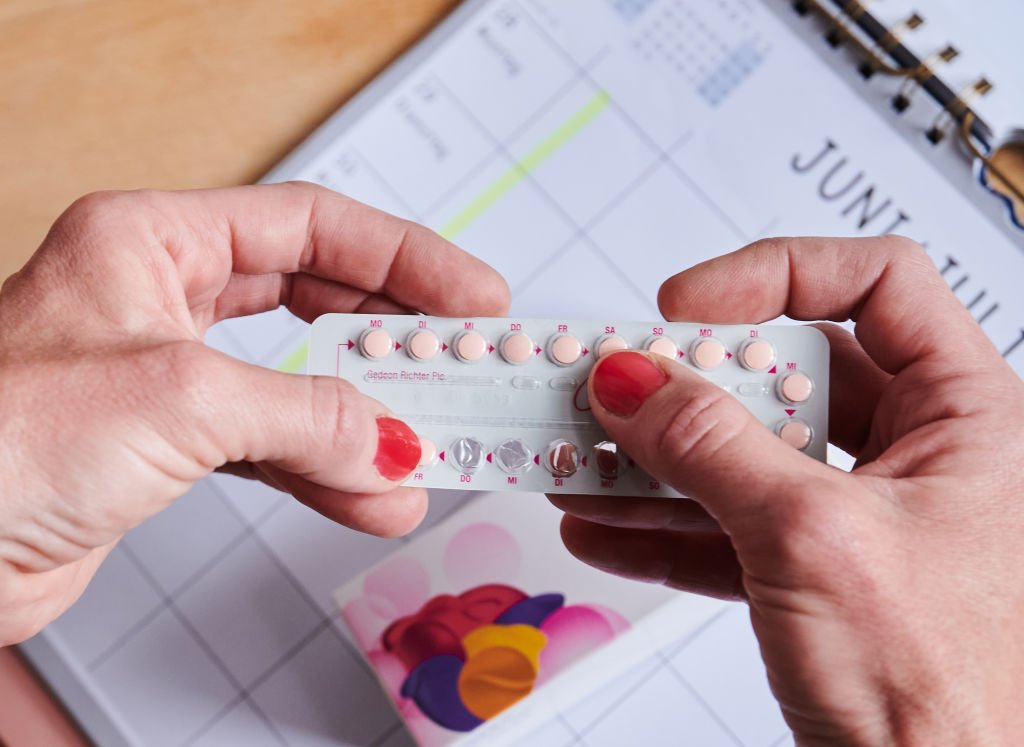
With Demand for Mental-Health Care Soaring on Campus, Faculty and Students Are Stepping Up to Help
With Demand for Mental-Health Care Soaring on Campus, Faculty and Students Are Stepping Up to Help
After the pandemic shut down Duke University’s campus in 2020, public-policy professor Nick Carnes worried about how his students would fare both educationally and emotionally. Wanting to help in whatever way he could, he added a simple message to his email signature.
“A note to students,” he wrote. “Please let me or another Duke professor know if you’re having any problems with your safety, well-being, or access to educational or other resources, or if you need to talk about anything right now, and/or if you know of another student who is having trouble. When in doubt, please reach out.”
[time-brightcove not-tgx=”true”]
Three years later, with campus back to pre-pandemic normal, Carnes hasn’t found a reason to delete the message. “A lot of students will probably roll their eyes,” he says. “But you want them to have so internalized your availability to help with a crisis that they find it sort of corny and laughable when you remind them of that.”
Not so long ago, it might not have been obvious that a public-policy professor would be willing to talk through his student’s stressors and struggles. But these days, with teenagers and young adults reporting mental-health issues in record numbers, Carnes is part of a growing trend.
Colleges have long offered on-campus health and counseling centers, but demand for mental-health support is surging such that many schools can’t meet it through traditional means. Rather than solely recruiting more therapists—a costly and difficult proposition, given that the U.S. behavioral-health field is short thousands of needed clinicians—colleges and universities across the U.S. are leaning on faculty, staff, and even students to help bridge the gap.
“The mental-health crisis is significantly increasing the demand for services and we have fewer people coming into the profession and a lot of people leaving the profession,” says Sarah Reives-Houston, who runs a behavioral-health program at the University of North Carolina at Chapel Hill (UNC). Expanding the availability of community support is a faster and more feasible—not to mention more affordable—approach than training up a new generation of therapists, and one that could ultimately be more effective, Reives-Houston says, because it “broadens the net.”
Training faculty, staff and students
UNC has so far coached more than 900 faculty, staff, and students in Mental Health First Aid, a research-backed program that teaches people to identify and respond to signs of mental distress in others. Participation is mostly voluntary and, perhaps unsurprisingly, Reives-Houston says demand has been highest among faculty and staff specializing in “helping professions,” such as nursing and social work. In the future, she says, the school plans to focus its recruitment in departments like business and the sciences to reach more people.
The need is clear. In a survey taken by about 7,000 U.S. college students during the 2022-2023 academic year, 41% reported recent symptoms of depression, 36% said they’d recently felt anxiety, and 14% said they’d considered suicide in the past year. Another survey from a few years prior found that 60% of students had experienced “overwhelming” anxiety and half said they’d been so depressed it was difficult to function.
Carnes, the Duke professor, admits it can be daunting to help when students reach out to talk. “I’m not a psychologist. I’m not a therapist,” he says. “There’s always a fear in my mind, ‘What if a student asks me a question I don’t know how to answer?’ But I had to get over that fear, because when students do ask things I can’t answer, I can still refer them to people who can.”
The responsibility to ensure students “not only do their best, but feel their best” can’t stop at the campus counseling center, says Sian Beilock, a cognitive scientist who recently became president of Dartmouth. During their college years, young adults are “acquiring the skills and habits that will be with [them] forever,” Beilock says. “It’s such an important time to make sure that students are equipped with the tools to help themselves.”
To that end, when Beilock took the reins at Dartmouth earlier this year, she debuted a campus well-being plan that includes training on Mental Health First Aid and suicide prevention for many faculty and staff; the creation of a new chief health and wellness officer position; and a policy that allows students to take time away from academics to tend to their mental or physical health without losing campus access and while receiving financial assistance for health insurance, if necessary.
Starting as early as elementary education, schools often act as a “de facto mental health hub,” for students, says Dr. Asha Patton-Smith, a child and adolescent psychiatrist with Kaiser Permanente in Virginia. Students go to school almost every day—or, in the case of many college students, live there 24/7. It can be easier to deliver care in this familiar and accessible environment, rather than leaving young people to navigate the traditional mental health system, with its high price tags, long waits, and inadequate supply of clinicians.
Read More: Why College Is a Risky Time For Students’ Mental Health
Studies show this approach works at various levels of schooling. Among adolescents, school-based health programs can improve well-being and reduce suicidal ideation, drug use, and risky sexual behavior, according to the U.S. Centers for Disease Control and Prevention. On college campuses, meanwhile, there’s evidence to support programs that teach coping skills and mindfulness, as well as regular screenings for mental-health issues, according to a report from the American Council on Education (ACE).
But the ACE report also notes that programs meant to train non-professionals in mental-health support aren’t universally shown to be effective in studies. After training, participants typically report more knowledge about mental health and more confidence about the idea of intervening if someone is in need—but that doesn’t always translate to actually intervening, nor does it mean the person who is struggling goes on to receive formal care. “We are not recommending the complete abandonment” of these programs, the authors write in the ACE report, but they shouldn’t be a campus’ only solution.
Peer support is one approach that can augment these programs—and one in use at schools like Washington University in St. Louis, which operates Uncle Joe’s Peer Counseling and Resource Center, a hotline through which students can talk with trained peer counselors 24/7. In-person office hours are also available from the college-student-friendly hours of 10 p.m. to 1 a.m., and the programs’ volunteers can connect students with other resources on campus or in the community if necessary.
Receiving help from peers
“Unlike traditional counseling where you might have a counselor who’s 20 or 30 years older than you, we’re at a similar spot in life,” says Mallory Leff, a senior who co-directs the program. “Being able to talk to someone who seems closer to a friend than an adult is an easier step for people to take.”
Bringing peers together is the cornerstone of nonprofit Radical Hope’s program, too. The group trains students at dozens of colleges across the country—including New York University, Northeastern University, and Delaware State University—to lead a free four-week curriculum designed to help their peers learn self-care, social-connection, and coping skills. The idea, says CEO Liz Feld, is to help students improve well-being and build resilience before they reach a crisis point.
“A lot of the issues that they’re dealing with are not issues that should ever rise to the level of needing clinical help,” Feld says. “What they really need is to talk to people who’ve had similar experiences, who share their thoughts and fears and anxieties and excitement about this chapter in their lives.”
That rings true for Delaney Dardet, who co-directs Uncle Joe’s with Leff in St. Louis. “We can’t have the same experiences as someone else,” she says. “But just to know that there’s another voice and ear on campus that you can talk to” can make all the difference.
Faculty, staff, and even students are now helping to support well-being on college campuses.
Uncategorized, healthscienceclimate
Health – TIME
Faculty, staff, and even students are now helping to support well-being on college campuses.



